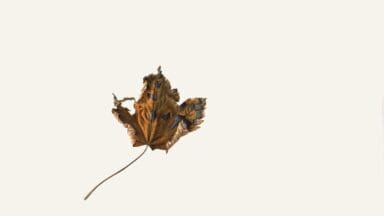
Opening in October, the exhibition, Rory McEwen: Nature’s Song, will showcase 50 botanical paintings and curated selection of sculptures by the renowned Scottish artist and musician. The exhibition will also include personal items that demonstrate McEwen’s creative process, such as works in progress, correspondence, photographs, brushes, pallets, and diaries.
The verdant Scottish borders greatly influenced the artistic vision of Rory McEwen (1932-1982). Whilst he is best known for his exquisite botanical watercolours, he was also a skilled musician and pivotal figure in the 1960s folk music revival movement.
In his art, McEwen experimented with many different styles, painting abstracts and landscapes, collages, glass and Perspex sculptures, and also collaborated with notable contemporaries including Jim Dine and Joseph Beuys. The exhibition will include examples of his sculptural work, both inside the gallery and outside in the museum’s courtyard garden.
Contemporary botanicals
However, it was his paintings of objects from the natural world—flowers, leaves, butterflies, and decaying vegetables—that brought him the greatest satisfaction. His innovative approach to botanical art combined the power of realism with modern creativity, infusing the centuries-old genre that had historically been used as a medium for scientifically accurate documentation.
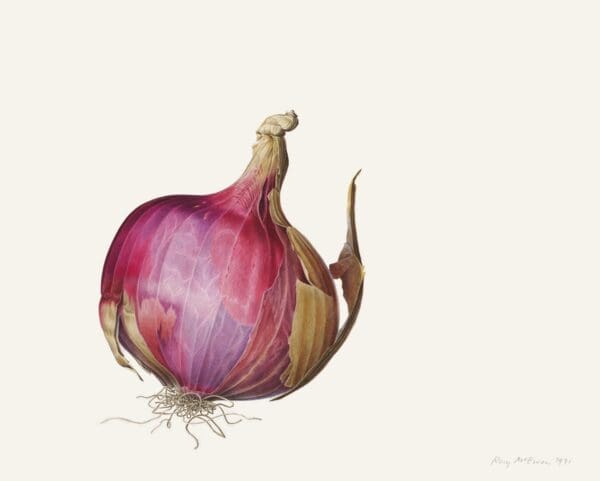
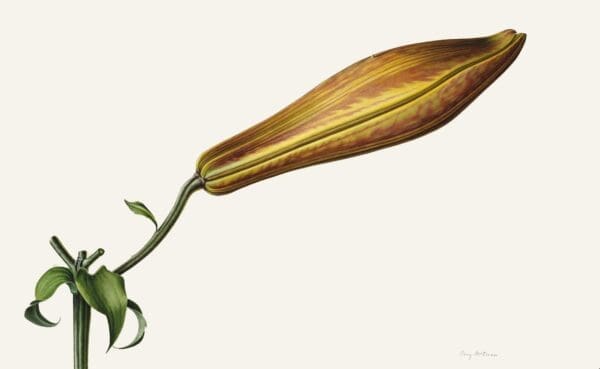
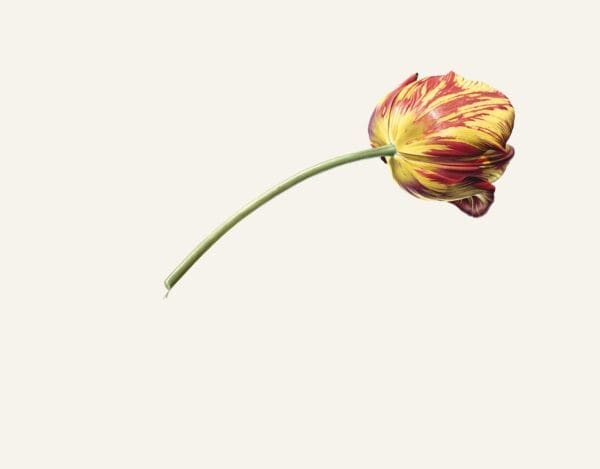
McEwen’s distinctive use of light and space—floating his plant portraits off-centre, emphasising specific details such as individual leaves and petals, and gradually fading to white—blurred the boundaries between botanical illustration and contemporary art. By doing so, he transformed the trajectory of contemporary botanical art and inspired an entirely new generation of artists.
His talents were initially recognised during his time at Eton, where he received instruction in the arts from the renowned artist and historian, Wilfrid Blunt. At this juncture, Blunt was preparing The Art of Botanical Illustration, his magnum opus on the history of botanical painting, and provided the opportunity for his pupils to study examples of illuminated manuscripts, old herbals, and eighteenth-century florilegia in the libraries in London and at nearby Windsor Castle.
McEwen joined Trinity College, Cambridge in 1952, where he befriended another renowned botanical art historian, Sacheverell Sitwell. Through Sitwell, he met Oscar Moreton, who commissioned McEwen to illustrate two of his books: Old Carnations and Pinks in 1955 and The Auricula in 1964.
By the late 1950s, McEwen was a rising star in folk music and television. His London home, shared with his wife Romana, was a creative hub where artists, writers, poets, and musicians from around the world met. It was where George Harrison took sitar lessons with Ravi Shankar and Bob Dylan partied with Marianne Faithful after his last acoustic gig in 1965. Items on loan from Rory McEwen’s family, including his guitar, picks, and musical ephemera, will explore this rich creative hub.
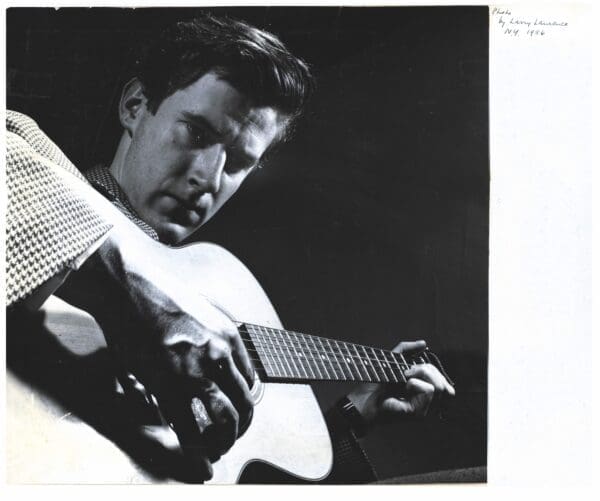
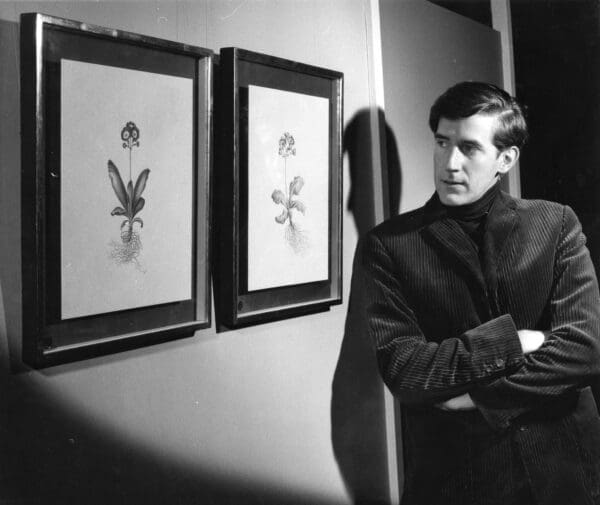
His first solo exhibition in 1962 at Durlacher Brothers in New York was a sell-out success, and two of his paintings of tulips were bought anonymously by art patron Bunny Mellon and given in perpetuity to the White House in Washington, they will return to the UK for the first time since they were sold. This was a turning point in his career, and in 1964 at the height of his musical success, he made the decision to leave TV and music and devote himself to art.
In 2013, Rory McEwen: The Colours of Reality opened at the Shirley Sherwood Gallery of Botanical Art at the Royal Botanic Gardens, Kew, a venue befitting McEwen’s ancestry, since his great-great-grandfather was the botanist and artist John Lindley, who played a key role in saving Kew Gardens from destruction in 1840. The gallery was founded by Dr Shirley Sherwood, whose collection of botanical art includes more than 1000 works by over 300 artists. Sherwood says that McEwen was the “advance guard of today’s botanical artists”, and more than half the artists in her collection name him as the contemporary botanical artist having the greatest influence on their work.
The exhibition at the Garden Museum, which will be held from the 8th of October 2025 – 25th of January 2026, marks the majority of the works’ return after almost two years of travelling across America to exhibitions at The Gibbes Museum, Charleston; The Davis Museum, Boston; The Museum of the 4 Arts, Palm Beach and the Driehaus Museum, Chicago. The exhibition will be accompanied by a public programme of musical and botanical events.
“I have never really been interested in botanical illustration per se, but rather in that moment when painting starts to breathe poetry.” – Rory McEwen

